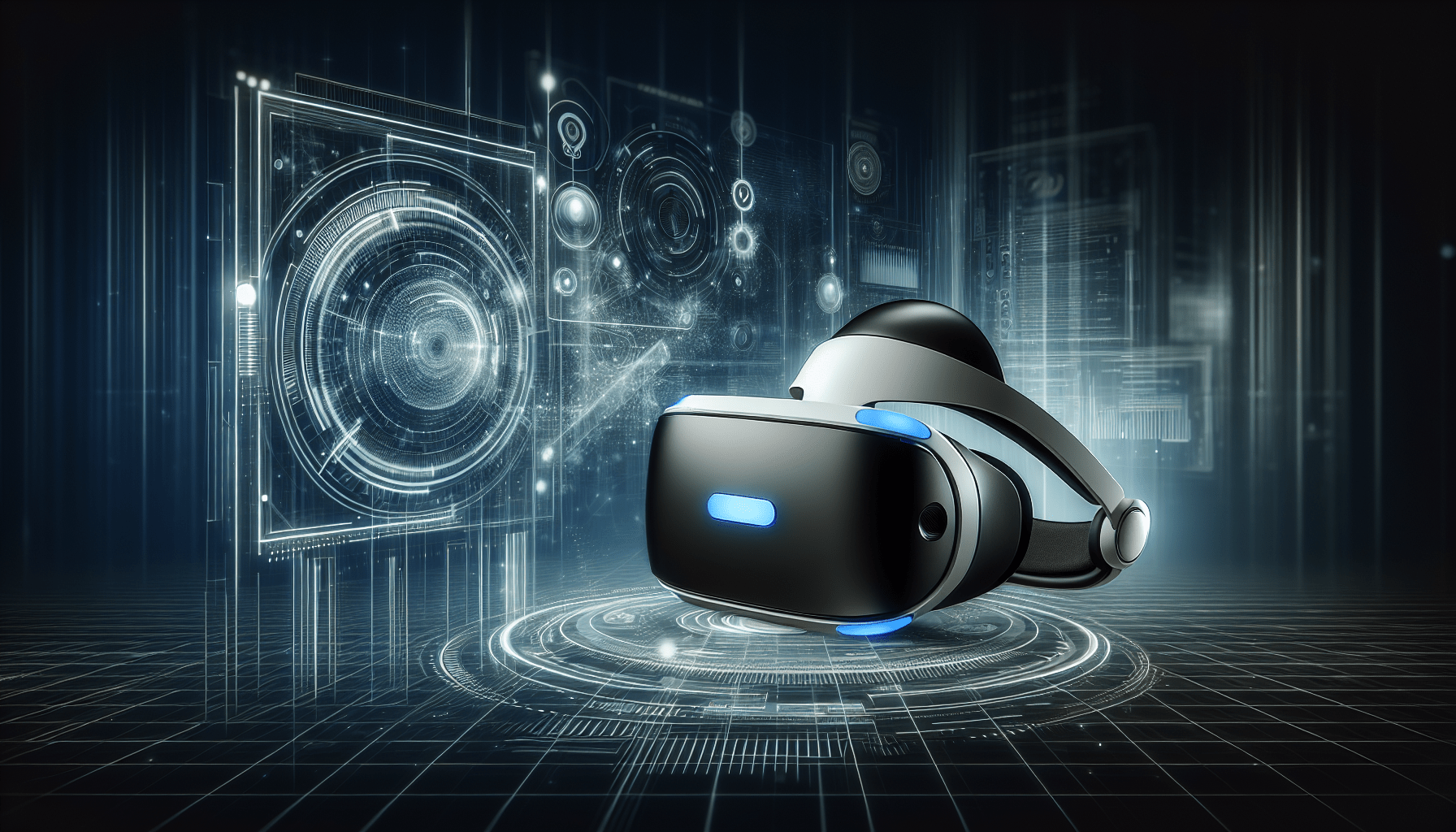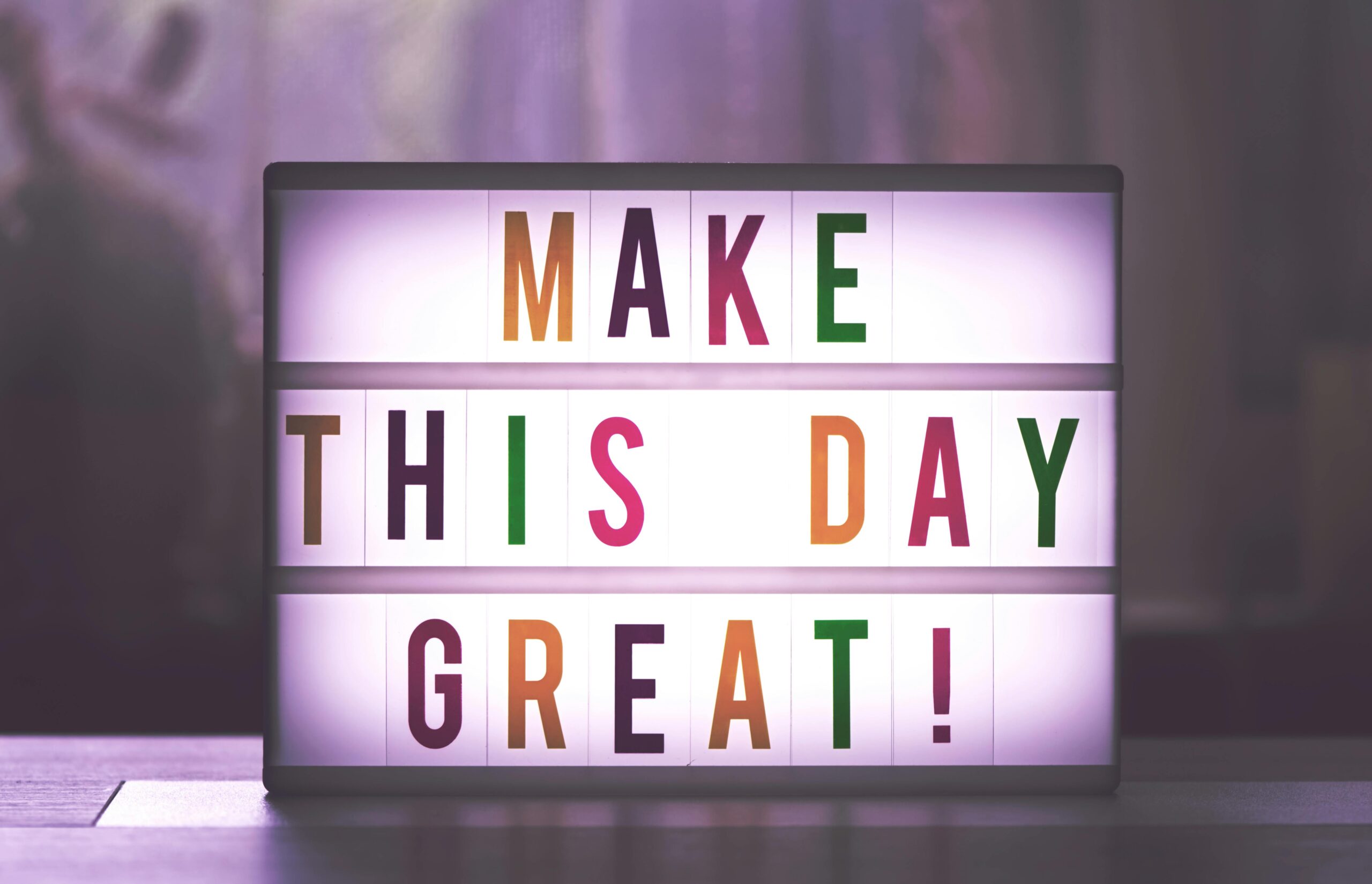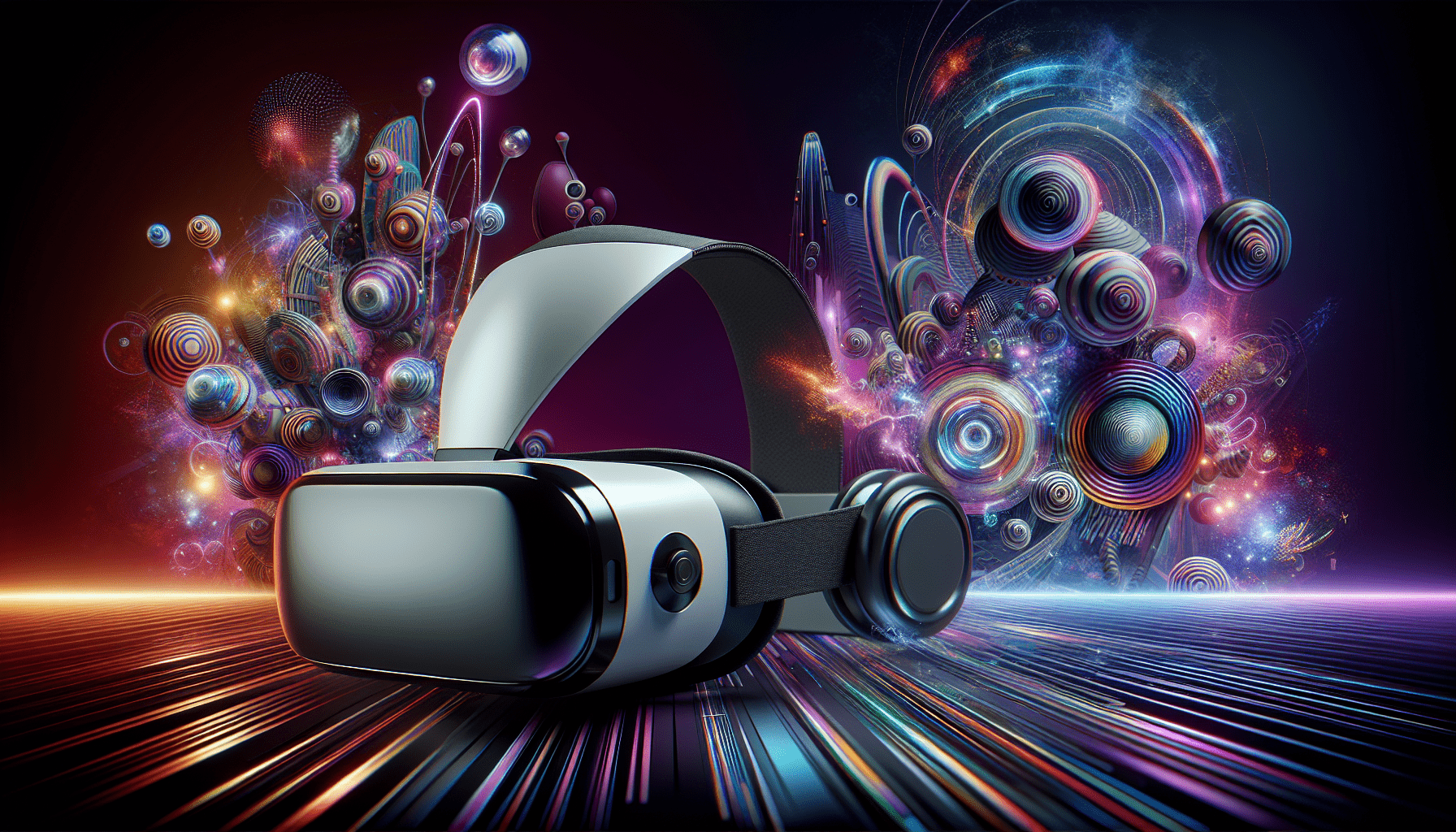Immerse yourself in the fascinating world of Virtual Reality (VR) with “The Basics of Virtual Reality.” You’ll discover how this innovative technology is revolutionizing various fields, from entertainment and gaming to education and healthcare. Dive into practical applications that highlight how VR can enhance learning experiences, improve medical simulations, and create compelling storytelling. As you explore the potential and practical uses of VR, you’ll gain a deeper appreciation for how it can impact and transform your day-to-day life. Have you ever wondered what it would be like to step into another world entirely, one that seems just as real as the one you’re in now? Welcome to the fascinating realm of Virtual Reality (VR), where technology transports you to places beyond your wildest dreams without leaving your room.

$30 off $400+ Anycubic Products with code AC30OFF
What is Virtual Reality?
Virtual Reality (VR) is a simulated experience that can be similar to or completely different from the real world. Through the use of specially designed headsets and other sensory equipment, VR immerses you in a computer-generated environment that you can interact with in a seemingly real or physical way.
Key Components of Virtual Reality
To fully grasp VR, you need to understand its core components, which include hardware and software elements that work together harmoniously.
| Component | Description |
|---|---|
| VR Headsets | Devices worn on the head that provide immersion via stereoscopic displays and head tracking |
| Controllers | Handheld devices that allow interaction with the virtual environment |
| Sensors | External or built-in devices that track your movements and translate them into the virtual world |
| Haptic Feedback | Technology that provides tactile feedback to enhance the sense of touch in virtual experiences |
| Software | Applications or programs that create and manage the virtual environment |
These components together create a multi-sensory experience that transports you to a different reality.
How Does Virtual Reality Work?
Imagine strapping on a VR headset and suddenly finding yourself wandering through a bustling city or calm forest. This seamless transition into another world is achieved through several key processes and technologies.
Immersive Displays
VR headsets often utilize high-resolution OLED or LCD screens to display separate images for each eye, mimicking the way human eyes perceive depth and three-dimensional space. These displays, combined with the optics within the headset, create a convincing three-dimensional experience.
Head Tracking
Most VR systems use a combination of gyroscopes, accelerometers, and magnetometers to track the movements of your head. This data is then used to adjust the perspective in the virtual world in real-time, ensuring that your view aligns with your physical movements.
Spatial Audio
Audio is another critical component of VR. Spatial audio simulates the way sound naturally interacts with environments, contributing to the overall realism. For instance, noises will get louder as you approach their source and quieter as you move away.
Haptic Feedback
Haptic feedback refers to the tactile sensations delivered through the VR controllers or other wearable devices. This feedback mimics the sensation of touching or interacting with virtual objects, adding another layer of realism.
Buy Photon Mono M5 Get Free 1KG Resin
Practical Uses of Virtual Reality
Now that you have a basic understanding of how VR works, you’re probably wondering how it’s utilized in real-world applications. VR is more than just an entertainment medium; it’s transforming a variety of sectors.
Education and Training
Virtual Reality is revolutionizing the way we learn and train people across various fields. Imagine a medical student practicing surgery in a risk-free virtual environment or a pilot honing their skills in a simulated cockpit. These applications not only provide hands-on experience but also significantly reduce the risk and cost associated with traditional training methods.
Health and Therapy
VR is being used in mental health treatments, including exposure therapy for PTSD, anxiety, and phobias. Healthcare providers can also use VR for pain management, helping patients distract themselves during painful medical procedures.
Real Estate
Virtual tours have become increasingly popular in real estate. Potential buyers can explore properties from the comfort of their homes, visualizing living spaces and even making custom adjustments in real-time.
Entertainment and Gaming
One of the most popular uses of VR is in gaming. VR games offer immersive experiences, putting you right in the middle of the action. Beyond gaming, VR is used in virtual concerts, sporting events, and even theme park rides to deliver unforgettable entertainment experiences.
Industrial Training
Industries such as manufacturing and construction use VR for training workers in a controlled, simulated environment. This ensures that employees are well-prepared for their roles and can improve safety standards.
Advantages of Virtual Reality
You might be curious about what makes VR so appealing. There are several significant advantages that VR brings to the table.
Enhanced Learning Experiences
One of the standout benefits of VR is its capability to provide immersive and interactive learning environments. Traditional textbooks and videos can only convey so much information, but VR allows you to engage with the material on a deeper level.
Cost-Effective Training
Virtual training sessions can reduce the need for physical resources and space, significantly cutting costs. Moreover, VR allows for the repeatability of scenarios, ensuring comprehensive training without additional expenses.
Increased Engagement
Gone are the days of passive participation. VR experiences are interactive and engaging, leading to higher levels of interest and retention in whatever you are learning or experiencing.
Risk Reduction
Practicing skills in a virtual environment means that mistakes won’t have real-world consequences. This is especially beneficial in fields such as medicine, aviation, and heavy machinery operation, where errors can be costly or dangerous.

Challenges and Limitations
While VR offers numerous advantages, it also comes with its own set of challenges and limitations you should be aware of.
High Cost
High-quality VR equipment can be expensive, making it less accessible for the average person. This cost barrier can be a significant limitation.
Motion Sickness
Some users experience motion sickness when using VR due to the discrepancy between physical movement and the virtual experience. This can be a significant drawback, limiting the amount of time one can spend in a virtual environment.
Technical Limitations
Despite advancements, current VR technology still has limitations in terms of resolution, field of view, and interaction capabilities. Ongoing research and development aim to address these issues.
Social Isolation
VR can be an isolating experience. While it offers incredible individual immersion, it can limit social interactions and lead to a feeling of disconnection from the real world.
The Future of Virtual Reality
The future of VR is incredibly promising, with advancements being made at a rapid pace. Here are some trends and predictions for the coming years.
Improved Hardware
Expect to see more affordable and high-quality VR headsets with better resolution, wider fields of view, and more comfortable designs. Companies are also developing wireless VR systems to provide more freedom of movement.
Augmented Reality (AR) Integration
AR and VR are increasingly being integrated to offer mixed reality experiences. This combination will provide even more versatile applications, blending the real world with virtual elements.
Social VR
Social VR platforms are being developed to create shared experiences. Imagine attending a virtual concert with friends or collaborating on a project in a virtual workspace.
AI and Machine Learning
Artificial Intelligence and Machine Learning are expected to enhance VR experiences by creating more realistic environments and intelligent virtual characters that interact with users more naturally.
Broader Applications
With advancements in technology, VR is expected to find new applications in fields like virtual tourism, remote work, and even virtual retail, where you can try on clothes or visualize furniture in your home before making a purchase.
Getting Started with Virtual Reality
If you’re excited to dive into the world of VR, here are some steps to help you get started.
Choosing the Right Hardware
First, you’ll need to pick a VR headset that suits your needs and budget. There are several options available, ranging from high-end systems like the Oculus Rift and HTC Vive to more budget-friendly options like the Oculus Quest and PlayStation VR.
Setting Up Your Space
Ensure you have enough room to move around safely. Clear the area of any obstacles to avoid accidents while you’re immersed in your virtual world.
Exploring Software Options
Next, you’ll want to explore available software and applications. Whether you’re interested in gaming, education, or virtual tours, there are numerous options to choose from.
| Platform | Notable Titles |
|---|---|
| Oculus Quest | Beat Saber, Superhot VR, and Tilt Brush |
| PlayStation VR | Astro Bot Rescue Mission, Blood & Truth, and Resident Evil 7 |
| HTC Vive | Half-Life: Alyx, The Lab, and Tilt Brush |
| Windows Mixed Reality | Minecraft VR, Flight Simulator, and Space Pirate Trainer |
Staying Safe
Finally, always be mindful of your surroundings and take regular breaks to avoid eye strain, headaches, and motion sickness.
Conclusion
Virtual Reality is an ever-evolving field that holds the potential to transform the way we interact with the world around us. From gaming and entertainment to education and industrial training, the applications of VR are vast and varied. While there are challenges to consider, the advantages and future possibilities make it an exciting area to explore.
So, are you ready to step into another world? With the basics of virtual reality now at your fingertips, you’re well on your way to experiencing all that this incredible technology has to offer. Enjoy your journey into the virtual!
$30 off $400+ Anycubic Products with code AC30OFF



